

While jewelry is often considered a woman’s domain, unlike today’s progressive “whoever can, does” society, historically, most famous jewelry brands were founded by men.
In that era, there was one jewelry brand that grew and thrived through the efforts of multiple women, perfectly illustrating the concept that “women can hold up half the sky, shouldering both family and career.”
Today, we’ll explore the French jewelry brand “René Boivin” (hereafter referred to as RB). As a brand with a significant historical legacy, RB’s jewelry pieces are characterized by their imaginative style, particularly emphasizing three-dimensional and sculptural qualities.
Let’s delve into the past and present of RB.
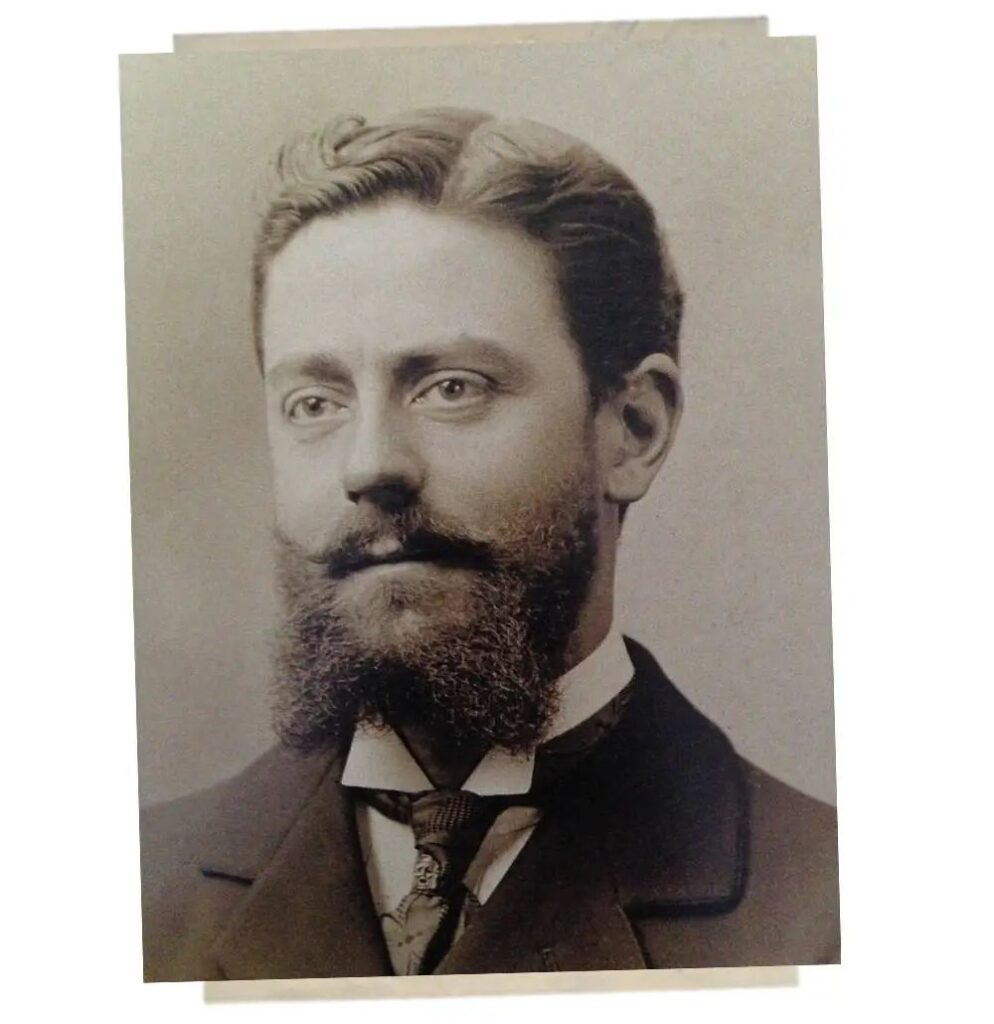
The brand’s founder, Jules René Boivin, was born in 1864. At 17, he began apprenticing with his brother Victor, a jeweler and silversmith. Simultaneously, this young man studied painting, becoming an excellent illustrator and sculptor.
Ready to spread his wings, Boivin acquired a series of renowned workshops, gathering many talented craftsmen around him. In 1893, he moved from 5 Rue Sainte-Anastase to 38 Rue de Turbigo in Paris, establishing his workshop.
Boivin became famous for innovation; each of their jewels became synonymous with flexibility and seamless connections. Clasps became invisible, joints seamless, and even the backs of the jewelry pieces pursued perfection.
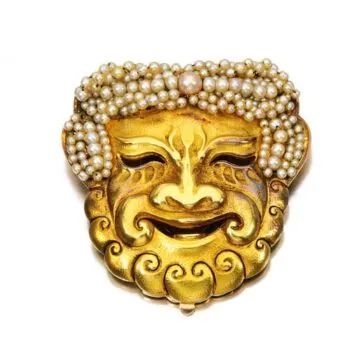
In 1893, René Boivin married Jeanne Poiret. This woman, destined to carry the brand’s banner, had three siblings also involved in artistic pursuits. Her sister Nicole married the famous interior designer and decorator André Groult, while Jeanne herself was a theater costumier. Another family member, Germaine Bongard, was a renowned painter and coincidentally a fashion designer, while her brother Paul Poiret was a world-famous women’s fashion designer during the “Belle Époque” era.
The couple attended many of Paul Poiret’s lavish parties, mingling with numerous celebrities and potential clients. Regardless of their social tactics, Boivin’s reputation grew, and the company expanded, moving to 27 Rue des Pyramides.
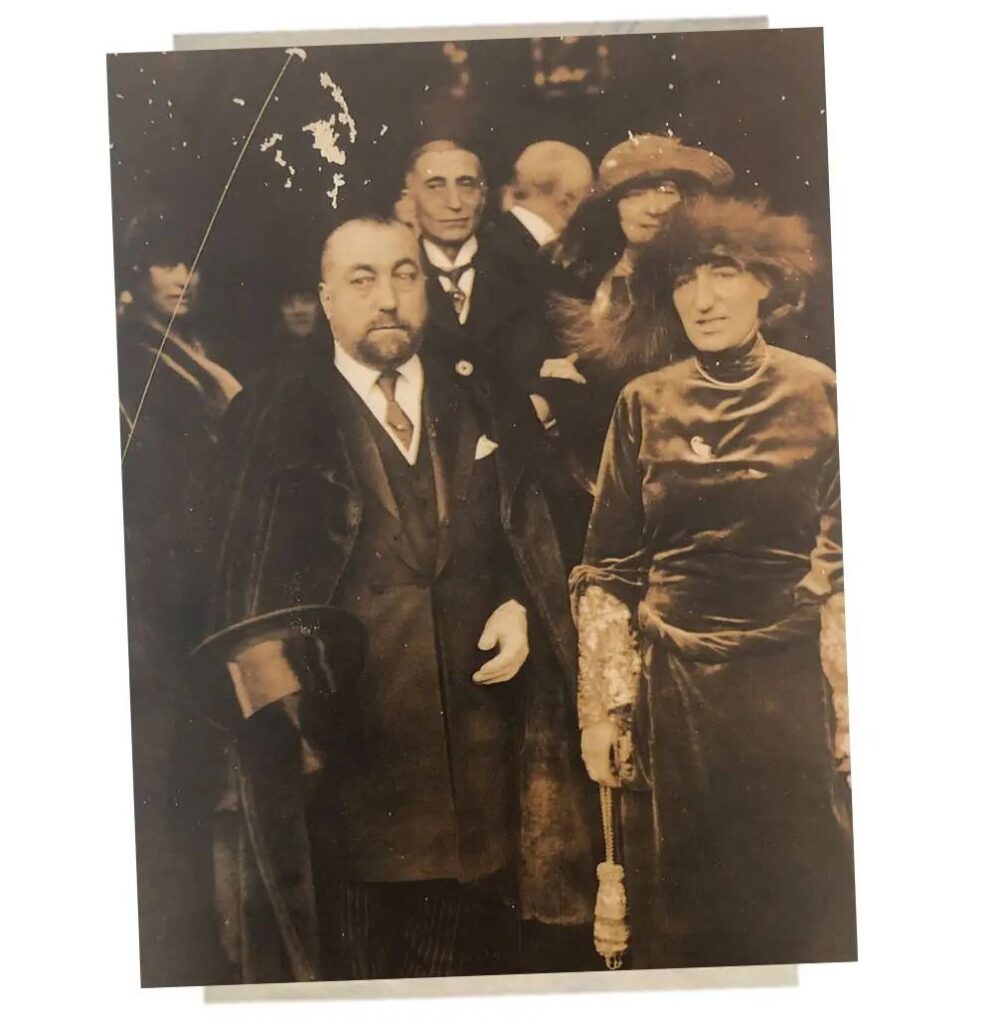
The booming 20th century attracted many artists and musicians from around the world to Paris, with wealthy Americans and European aristocrats following in Boivin’s footsteps.
RB established special connections with many great jewelry artists and workshops of the time, including Paul Flato, Raymond Templier, Pierre Strlé, and Gustave-Roger Sandoz (one of the most active advocates of the 1925 International Exhibition of Modern Decorative and Industrial Arts) and his son Gérard Sandoz.
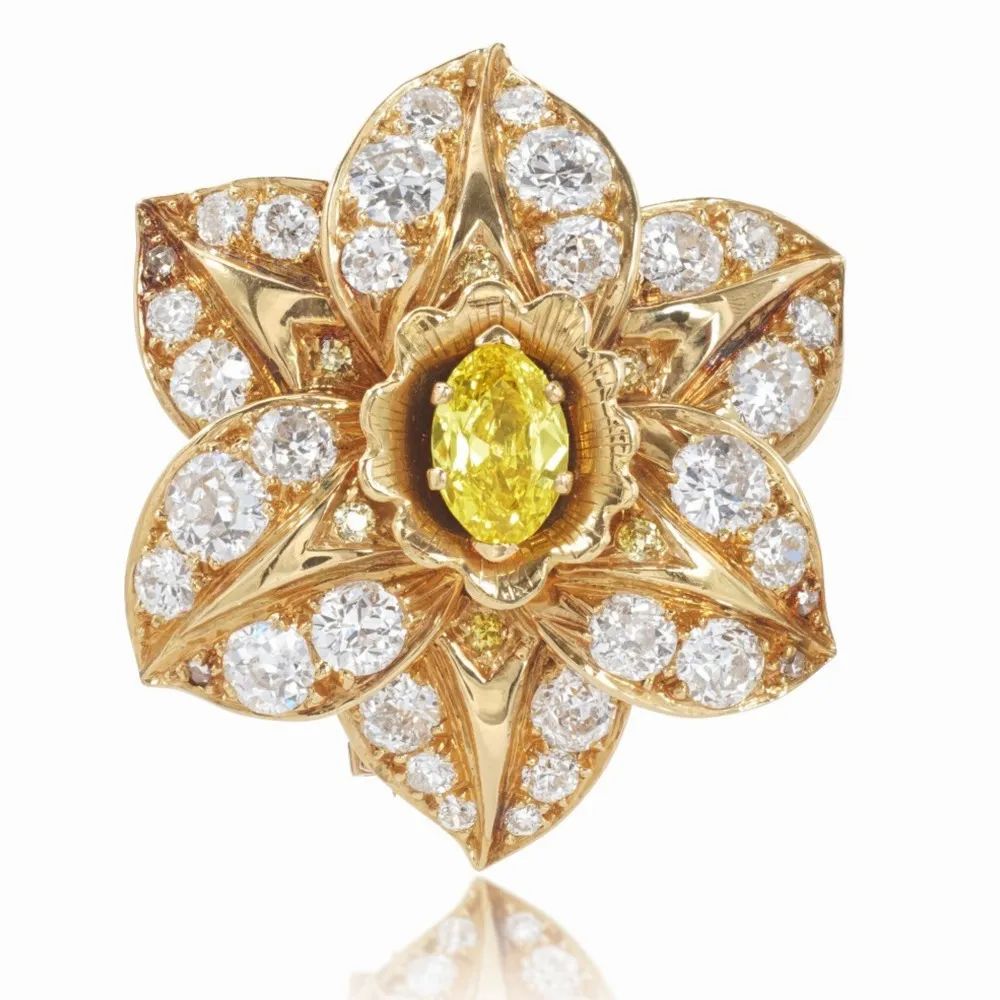
However, tragedy struck in 1917 when founder René Boivin passed away, followed by the death of the couple’s son Pierre in 1918. After these successive blows, Jeanne was determined to carry on, as her family depended on her. Taking charge, she hired a young, talented artist named Suzanne Vuillerme, who had just graduated from art school.
Jeanne Boivin continued to manage the company until her retirement in 1955 and passed away on December 11, 1959. Throughout the years, she received significant support from Louis Girard.
In 1931, Jeanne Boivin relocated to the Avenue de l’Opéra, where the new premises included both a salon and a workshop.
In the fashion world, Boivin’s jewelry perfectly complemented the new styles and silhouettes of modern women. Many fashion icons themselves became clients, including designers such as Lucien Lelong, Elsa Schiaparelli, Yvonne Carette, and Madeleine Vionnet.
Numerous fashion idols of the time also joined their ranks, including Daisy Fellowes, Lady Mendl, Millicent Rogers, Diana Cooper, the Duchess of Windsor, and Nathalie Paley.
Many artists could also be counted among RB’s clientele, including Edgar Degas, Raoul Dufy, Marie Laurencin, and José Maria Sert… and so on. While these names might not be familiar to everyone, they were certainly the “who’s who” of their time.
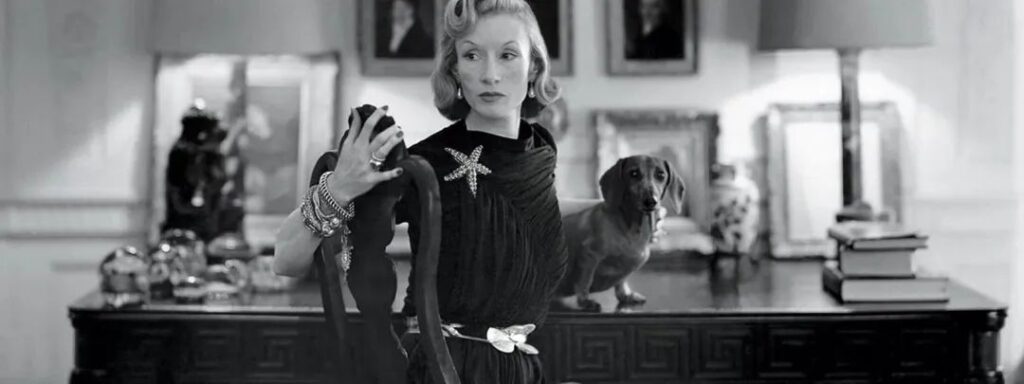
Discretion was key to Jeanne’s success. She built her clientele through word of mouth, consisting of French aristocrats, intellectuals, artists, and the café society. RB became one of the favorite gathering places for these wealthy and leisured individuals.
As time passed, RB’s extraordinary client list expanded to include even more prominent figures, from the Queen of Vietnam, the Duke and Duchess of Kent, to Diane von Furstenberg, Peggy Guggenheim, and Jean d’Ormesson. Even several French presidents, including Georges Pompidou, Giscard d’Estaing, and François Mitterand, could be counted among RB’s honored guests.
When we look at René Boivin jewelry, it is no longer viewed merely as a symbol of wealth related to social status, but is defined as a luxury closely associated with art, due to its connection with personality or unconventional style.
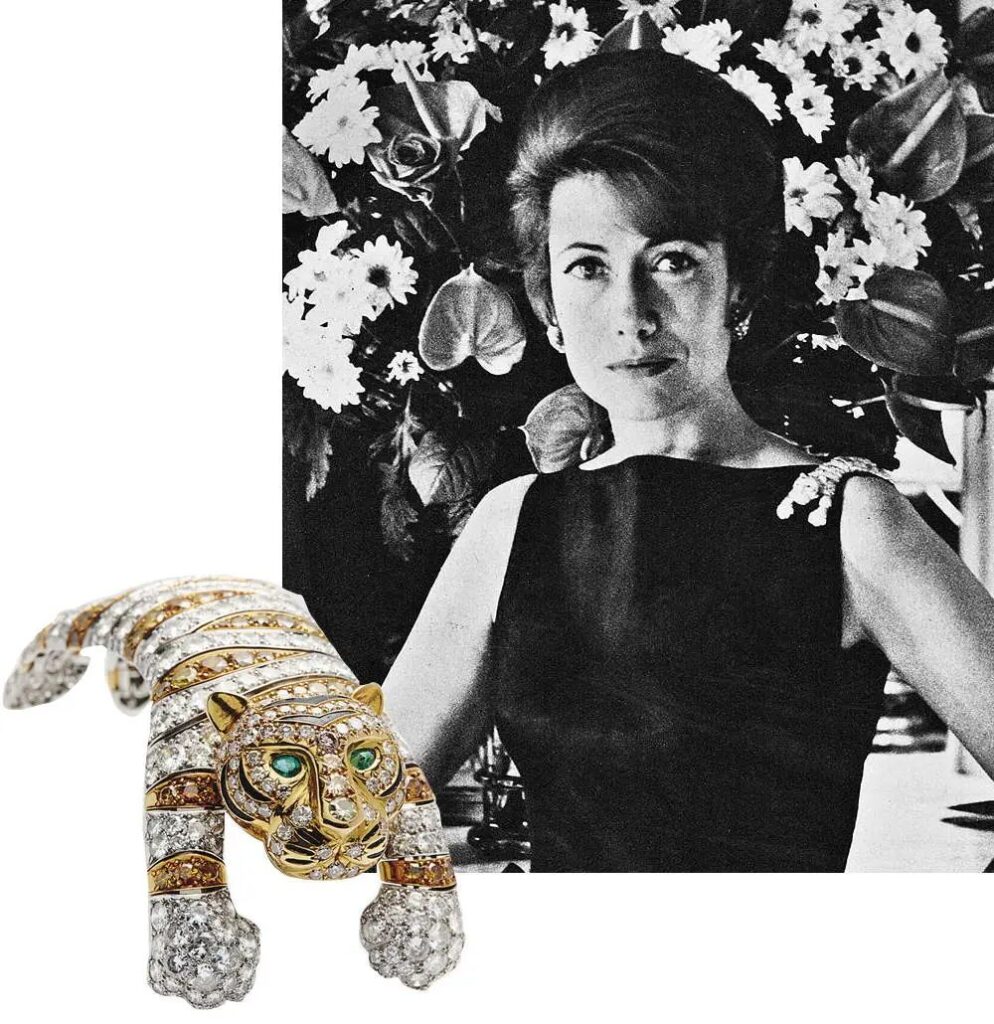
RB’s rapid development wasn’t solely due to Jeanne’s efforts. Let’s return to the other outstanding female partner she found: Suzanne Vuillerme.
Suzanne Vuillerme joined RB in 1919 as a jewelry designer and illustrator. With Jeanne’s support, she became a designer confident in her style and bold in her ideas. The combination of Jeanne Boivin and Suzanne Vuillerme was highly successful, with Vuillerme becoming RB’s creative director in 1924. That same year, she married Jean Belperron and changed her name to Suzanne Belperron.
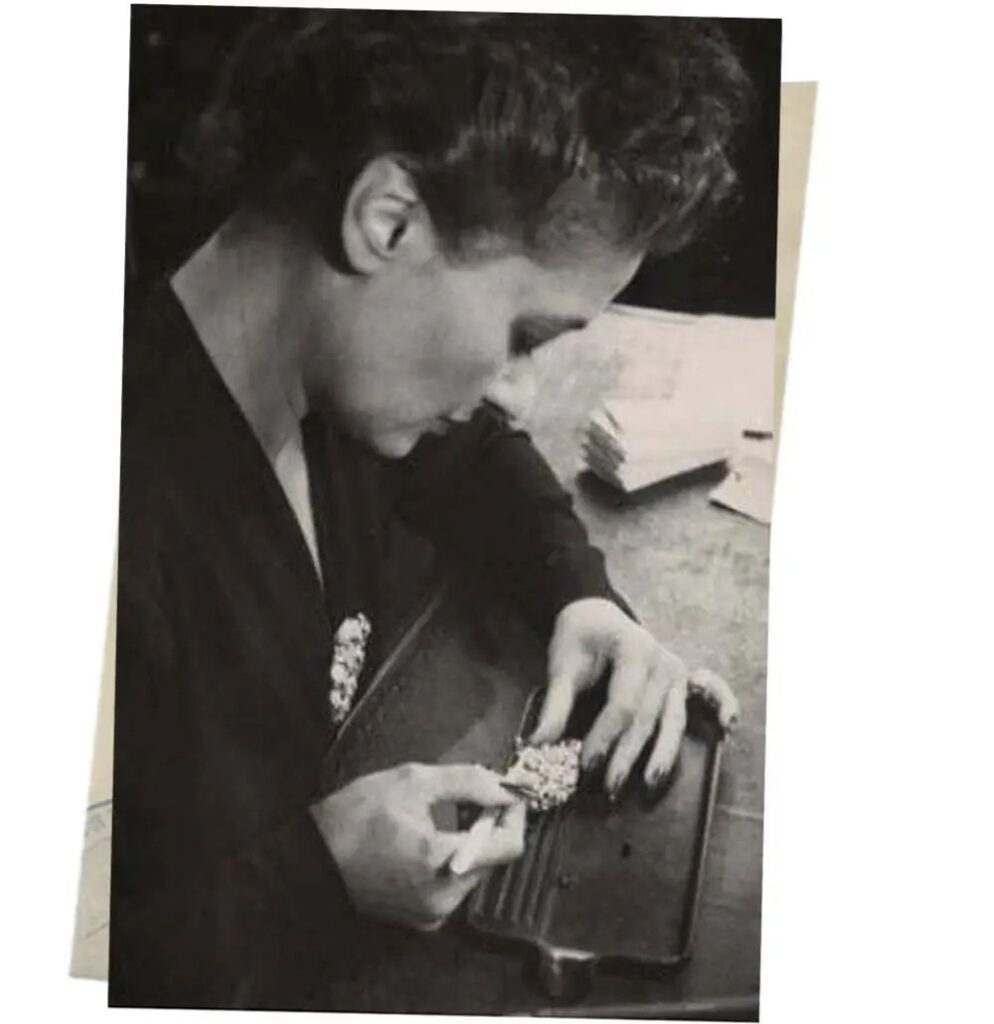
RB’s gracefully curved, voluminous jewelry went against the prevailing Art Deco trends of the time. Metals were mixed together, paired with unusual gemstone combinations. Their jewelry was distinctive and highly durable, more in line with the aspirations of modern women.
In 1932, after 12 years of collaboration, the two women parted ways. Belperron continued her career under her own name with the renowned pearl and gemstone dealer Bernard Herz, while René Boivin proceeded to work with a new jewelry designer.
Juliette Moutard was this second woman, joining RB in early 1933. She led the brand in a new direction, introducing more naturalistic themes that have since become synonymous with the company.
She remained there for nearly forty years until her retirement in 1970, designing many Indian and textile-inspired themes for Boivin, such as the “Hindu” and “Goldsmith” styles.
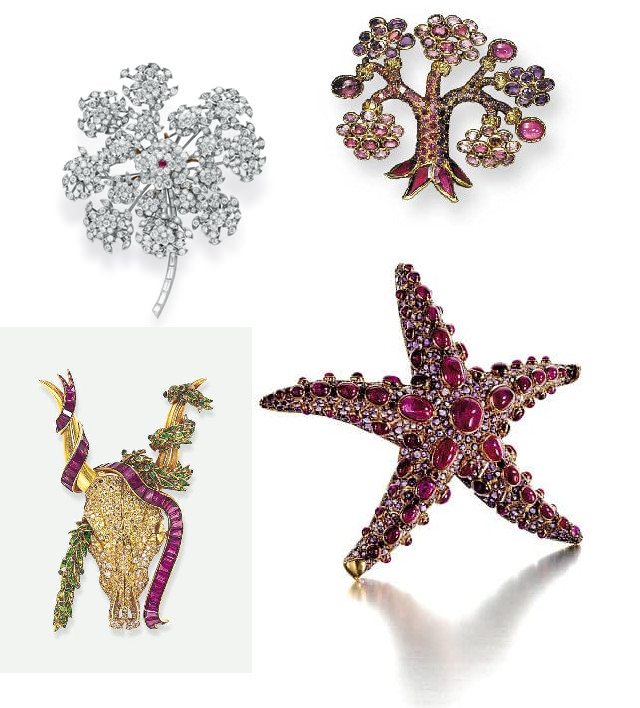
After the retirement of the second partner, 21-year-old Marie-Caroline de Brosses joined RB in 1970. An architecture student with no prior experience in jewelry design, she steered the brand in yet another new direction. She favored sharp, clean lines and created iconic but simpler, more stylized versions of RB pieces.
Her background as an architect meant she was particularly interested in finding new mechanisms and original ideas for her jewelry, designs that would appeal to a new generation of busy professional women. She became known for her elegant, transformable jewelry that could be worn during the day and then converted into more glittering pieces for evening wear.
She left René Boivin in the late 1980s.
Subsequently, Sylvie Vilein joined the brand as a jewelry designer in January 1988 and stayed until 1999.
During her tenure with the company, she served as creative director, creating poetic themes and imbuing the jewelry with her own interpretations. She captured the essence of René Boivin, bringing together many materials and ideas from the past to create new versions of typical René Boivin jewelry.
Vilein’s work was known for its artistic quality and the exquisite presentation of each piece of jewelry. She was renowned for her octopus, an extraordinary articulated brooch.
By this point, the founder’s wife Jeanne Poiret and four other exceptional women had led the brand through nearly a century of history.
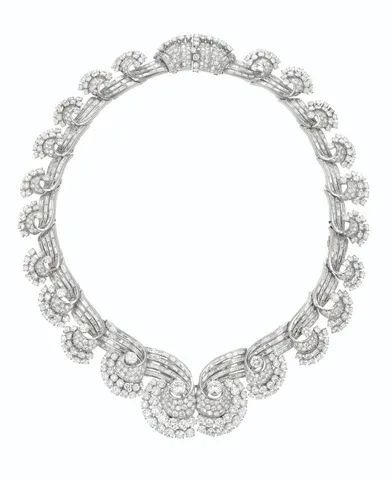
René Boivin was renowned throughout the 20th century for its transformable, articulated jewelry. Time was never an obstacle to creating beautiful pieces. The proportions of each piece were as important as the craftsmanship, and their avant-garde style meant that women came to the salon seeking unusual and ultimately feminine jewelry. The craftsmen working in the René Boivin workshop were passionate and talented, most importantly the technically skilled members of the René Boivin family.
In 1975, René Boivin was sold by Jeanne Boivin’s daughters Germaine and Suzanne to diamond merchant Fernand Perrier, whose daughter Françoise was the wife of Jacques Bernard, then director of the boutique. In 1989, Françoise transferred her shares to Jacques Bernard. In 1991, Jacques Bernard sold René Boivin to the renowned London luxury store, Asprey’s.
In the early 2000s, René Boivin produced a small selection of jewelry before the company was acquired by G. Torroni SA in 2019.

René Boivin: The Jewelry Brand Where Women Ruled the Roost
Tweet





